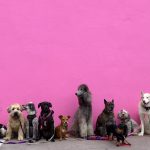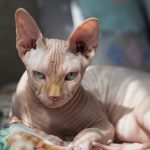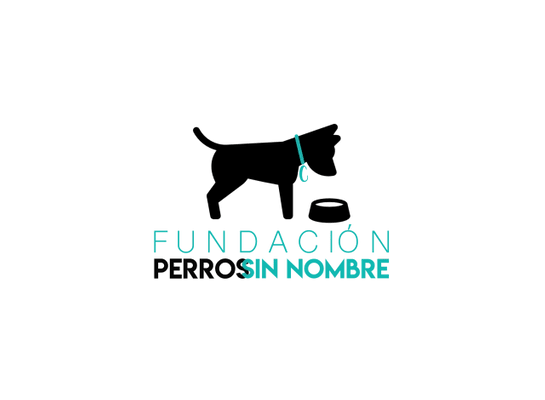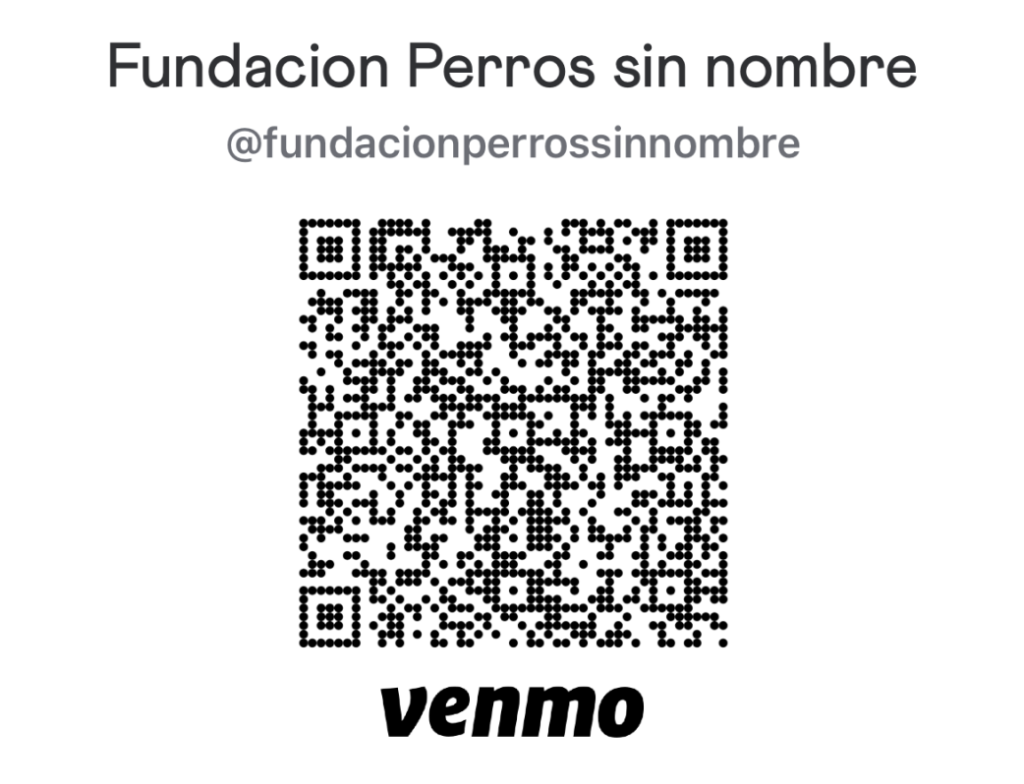Help Us to keep our shelter
It is striking to observe such a variety of breeds, their morphological and physiological differences. Normally, there are more notable differences between breeds in dogs than in cats. For people in general, the distinction of races occurs not only in dogs and cats, but also in all domestic animals, and even among ourselves. But what is race?
There are many definitions of this concept throughout history, some of these are the following:
- a set of individuals with their own morphological, physiological and psychological characteristics, by which they are distinguished from others of the same species and that are transmissible by inheritance within a known fluctuation margin (Aparicio, 1956).
- Group of animals with similar characteristics that, by reproducing with each other, produce progeny of the same type, within the standards published by the registry organization (Alderson, 1974).


These definitions give a better overview of the meaning of the breed at a biological level, one of the mammals with the most variability of breeds are dogs, this is mainly due to the fact that they were among the first animals to be domesticated. It is believed that the first modifications of the primitive dog occurred from domestication, since individuals with more manageable characteristics for humans were chosen, such as docility, the ability to obey orders, and their tolerance to stress. These first modifications in primitive dogs were very subtle, later with the passing of the years and the evolution of man, the modifications became much more noticeable, since dogs were becoming closer to humans, breeds were created according to the need such as guard, grazing, hunting, training etc (Dunner et al, 2014).
Cats have a very different history, their first appearances with the human being were in Egypt, but it was not the domestic cat, they were species of small wild cats that lived with the human being at times, and thus little by little the domestic cat appears that it has some morphological and physiological differences, but they are not too many, this means that the cat has been preserved despite its domestication. Cats were widely used for both worship and occult rituals, they were also very popular after the black plague for their agility to hunt rats, for which each home had cats. As for the appearance of breeds, it was more current than the of dogs, and were created mainly for contests, held in England, London and later in other parts of the world, the meaning of each breed for wealthy people was status (tellez, 1999)
Having this information about the creation of breeds in dogs and cats, nothing would happen if pure breeds did not exist, since dogs and cats by themselves could adapt according to the requirement of the climate, that is why mixed breeds are almost always more healthy, many pure breeds have been modified so much that they have many physical disadvantages such as the breeds of dogs and cats, which normally have respiratory problems, since their morphology is not beneficial, we can also see the hip dysplasia that many breeds of dogs present it as the German Shepherd.
However, for many people, having a purebred animal means knowing its behavior, appearance and size, for other people it means social status since rare breed animals are expensive.
But beyond the requirements of people, domestic animals in general do not benefit from the maintenance of pure breeds, genetic diversity is more convenient for them, in some breeds, especially the scarce ones, the breeders make crosses with individuals of the same family, this produces inbreeding, and can bring many hereditary problems for them, while in heterogamy, that is, cross-breeds, genetic diversity and optionality are produced to have healthy individuals (Cañón et al., 2014).
References
- Aparicio, G. 1956.Exterior of large domestic animals, external morphology and individual identification.imp. Córdoba.
- Alderson, L. 1974. Genetic conservation and breed improvement. The ark. 1:98.
- cannon,j.cuts,O. 2014. Genetics of dogs and cats: hereditary pathologies and other aspects of interest in the veterinary clinic. Professional magazine of companion animals, N 130.
- Dunner, S. Cannon,J.2014.Genetics of dogs and cats: hereditary pathologies and other aspects of interest in the veterinary clinic. Professional magazine of companion animals, N 130.
- Tellez, R.2000. A story of cats. Elements: science and culture, vol 6.N 036. Meritorious, Autonomous University of Puebla,México. Pp 61-66.

